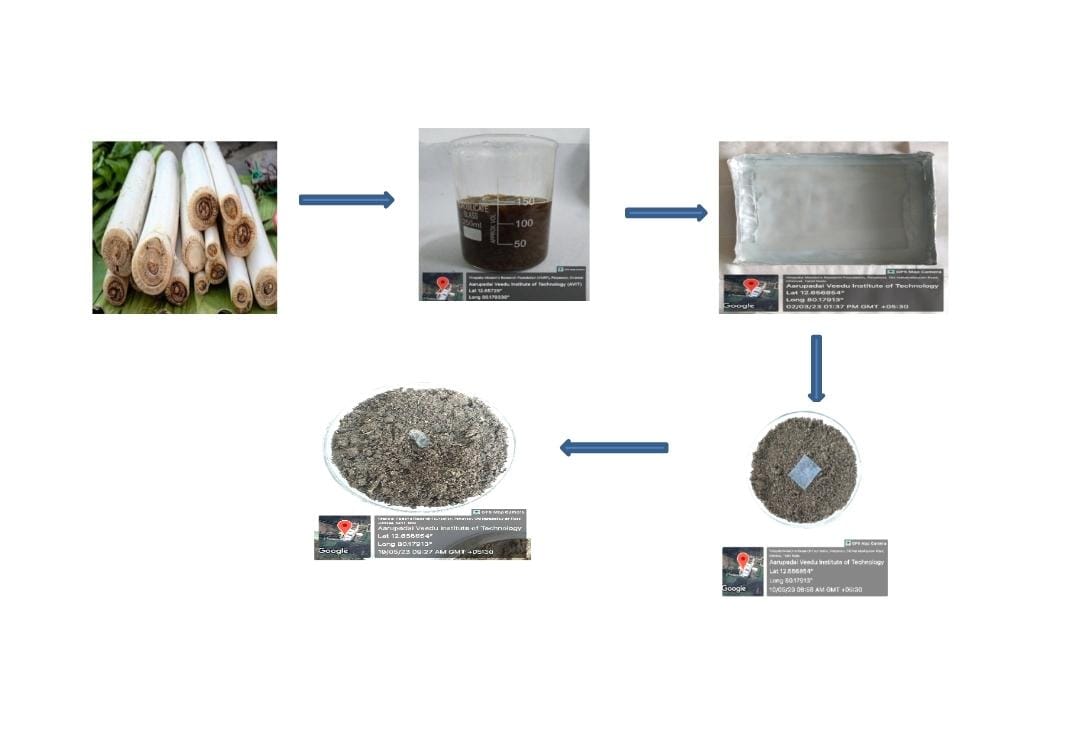
In recent past, attentions are towards preserving and restoring the resources of environment in terms of development of new products of environmental safety, Therefore utilization of vegetable fibres, extracts from stem, leaves, fruits and roots for the production of biopolymers / improving mechanical properties/ recovery byproducts etc. are recently incorporated as reinforcing elements. Cellulose, a linear chain of molecular rings of glucose linked through covalent bond (C1 oxygen to glucose of a ring and ring adjacent C4) is an abundant polymer in nature from plants and it is advantageous in biodegradability, non toxicity, inexpensive, thermal stability etc. and has potential applications. Cellulose due to its poor solubility has a wide range of applications in packing, upholstery, coating, netting etc. and cellulose derivatives are tailored for specific industrial applications. The present investigation was concentrated to produced cellulose from banana pseudostem and characterized the nature of cellulose extracted and optimization studies for production of bioplastics from Musa paradisiaca L.
Total file downloads: 47